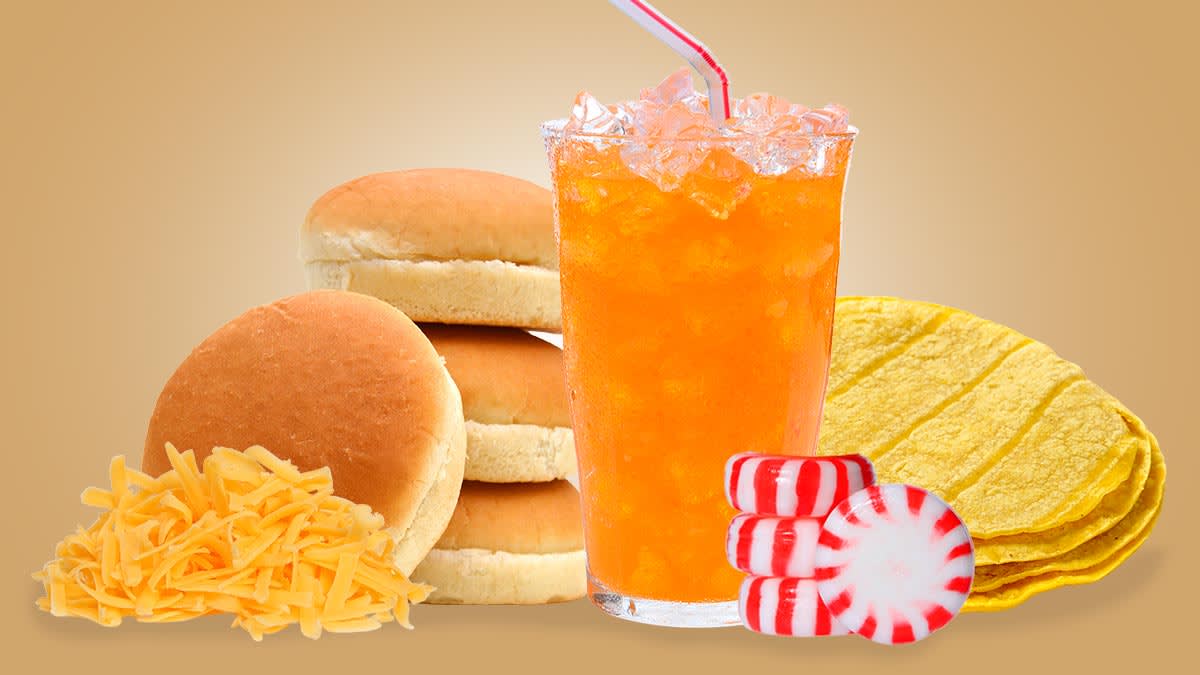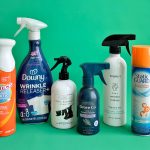
Short answer: Read the ingredients list. If they’re in the food, they have to be listed.
You can also look up the ingredients of thousands of food products, and search them by brand or category, using the EWG’s Food Scores database.
Reading ingredients lists can be exhausting, of course, and isn’t always possible, so it’s worth keeping in mind the food categories in which these additives are most often used: Candy, sodas, sports drinks, packaged breads, tortillas, cookies and other baked treats, and shredded cheese, and especially in generic store brands. In general, the more heavily processed the product, and the more unfamiliar-sounding ingredients are listed, the more likely these additives are to be lurking.
In addition, keep in mind that numerous large food manufacturers and retailers have pledged not to use some or all of these additives or sell products that contain some or all of them. Whole Foods and Kroger appear to be the only grocery chains that have promised to rid their shelves of these ingredients altogether, but Aldi, Food Lion, Giant, Publix, ShopRite, and SuperValu say they have removed them from certain store brands. In addition, the Coca-Cola Company, Dunkin, Panera, Papa Johns, and PepsiCo have each pledged not to use or sell products with some of these additives.
“It’s possible for these companies to make a healthy profit without poisoning kids,” Gabriel, the California lawmaker, said at a March press event on the bill. “In many cases they now have increased confidence from consumers who want to buy foods that are healthy.”
To learn more about how to eat healthy and safe food, check out CR’s food safety hub.









